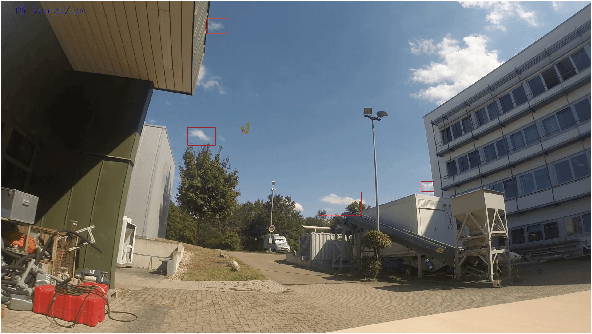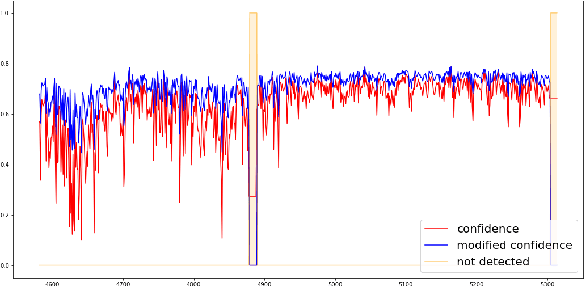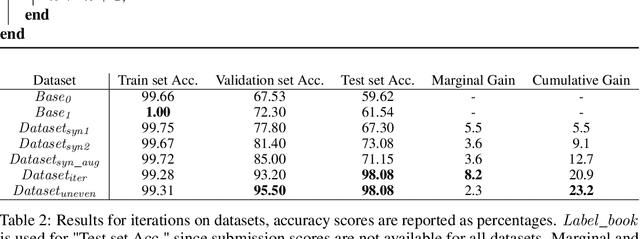Ogulcan Eryuksel
DroBoost: An Intelligent Score and Model Boosting Method for Drone Detection
Jun 30, 2024Abstract:Drone detection is a challenging object detection task where visibility conditions and quality of the images may be unfavorable, and detections might become difficult due to complex backgrounds, small visible objects, and hard to distinguish objects. Both provide high confidence for drone detections, and eliminating false detections requires efficient algorithms and approaches. Our previous work, which uses YOLOv5, uses both real and synthetic data and a Kalman-based tracker to track the detections and increase their confidence using temporal information. Our current work improves on the previous approach by combining several improvements. We used a more diverse dataset combining multiple sources and combined with synthetic samples chosen from a large synthetic dataset based on the error analysis of the base model. Also, to obtain more resilient confidence scores for objects, we introduced a classification component that discriminates whether the object is a drone or not. Finally, we developed a more advanced scoring algorithm for object tracking that we use to adjust localization confidence. Furthermore, the proposed technique won 1st Place in the Drone vs. Bird Challenge (Workshop on Small-Drone Surveillance, Detection and Counteraction Techniques at ICIAP 2021).
Track Boosting and Synthetic Data Aided Drone Detection
Dec 01, 2021



Abstract:This is the paper for the first place winning solution of the Drone vs. Bird Challenge, organized by AVSS 2021. As the usage of drones increases with lowered costs and improved drone technology, drone detection emerges as a vital object detection task. However, detecting distant drones under unfavorable conditions, namely weak contrast, long-range, low visibility, requires effective algorithms. Our method approaches the drone detection problem by fine-tuning a YOLOv5 model with real and synthetically generated data using a Kalman-based object tracker to boost detection confidence. Our results indicate that augmenting the real data with an optimal subset of synthetic data can increase the performance. Moreover, temporal information gathered by object tracking methods can increase performance further.
Increasing Data Diversity with Iterative Sampling to Improve Performance
Nov 05, 2021



Abstract:As a part of the Data-Centric AI Competition, we propose a data-centric approach to improve the diversity of the training samples by iterative sampling. The method itself relies strongly on the fidelity of augmented samples and the diversity of the augmentation methods. Moreover, we improve the performance further by introducing more samples for the difficult classes especially providing closer samples to edge cases potentially those the model at hand misclassifies.
 Add to Chrome
Add to Chrome Add to Firefox
Add to Firefox Add to Edge
Add to Edge